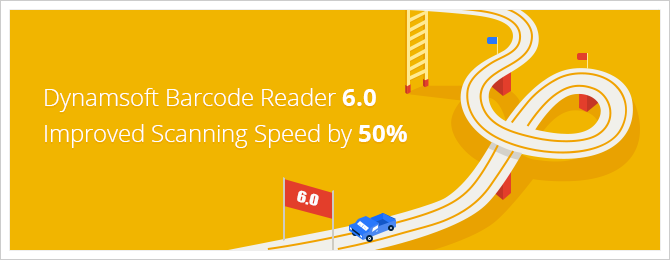What is a QR code?
QR (Quick Response) codes are one of the most reliable and smallest 2d matrix barcodes in use today, scannable on your smartphone.
Model 1 was invented in Japan in 1994. In 2019, we’re on Model 2 and have also created a tiny alternative for electronic components, ‘Micro QR’.

4 Key Features of QR Codes
1. High storage capacity
The physical size of the QR code determines how much data can be contained. This is especially relevant when printing and labeling. Japanese, Chinese and Roman characters are all supported.
The maximum storage capacities are listed below.
Model 2:
- Alphanumeric: 4296 characters
- Binary: 2953 bytes
- Kanji: 1817 characters
- Numeric: 7089 characters
Micro QR:
- Alphanumeric: 21 characters
- Binary: 15 bytes
- Kanji: 9 characters
- Numeric: 35 characters
2. Rapid Scanning
The decoding process works quickly because:
- Big blocks in the three corners enable easy recognition of the QR code and it’s rotation.
- The alternating black/white pattern makes it easy to split into a grid.
- Redundancy – there’s a bunch of redundant bunches.
3. Error correction
QR codes can be created with up to 30% recovery capacity to enable readability of partially damaged symbols. 4 levels are available.
- L: 7%
- M (default): 15%
- Q: 25%
- H: 30%
Adding error correction increases the symbol size.
4. Public domain
No license is required.

QR Barcode Symbology
QR Code symbology works via an area of square modules, surrounded by a unique perimeter, which is itself encased in a 4 module thick Quiet Zone of white space.

Image Source: http://inchbyinch.de/
The modules are the blocks of data in a QR code, made up of an equal number of rows and columns. Data bits start at the bottom right, moving upward in a two-module wide column, reversing direction at the top.

Image Source: qrcode.com
Each additional module (version) increases the physical size and data capacity, with a maximum of 40 modules.
How Dynamsoft Barcode Reader (DBR) Decodes a QR Code

1. Localization
First, DBR determines the code’s orientation and uses Finder patterns, identifying the 3 corners.
2. Segmentation
Second, DBR identifies and distinguishes between the actual data and the position markers.
3. Decoding
Finally, DBR checks the format and applies error correction to decode the hidden information.
3 Types of Damaged QR Codes and How DBR Hurdles Them

- QR Code with distorted modules
- QR Code with a distorted perimeter
- QR Code with overlapping images
Using advanced image processing , DBR first re-creates the image orientation by searching for each border independently. Then DBR expands out from the border to identify the nearest modules. If the modules are damaged, DBR continues scanning within the image to locate undamaged modules.
When it’s located an undamaged module, DBR uses redundancy and error correction features of QR codes to extract the information. If the information cannot be extracted, DBR attempts to re-create the module sequence by analyzing AI, mixing and matching and ‘guessing’ at the correct layout.
With our proprietary techniques, DBR has vastly improved upon the already generous 15% error recovery handling of the QR code standard.
